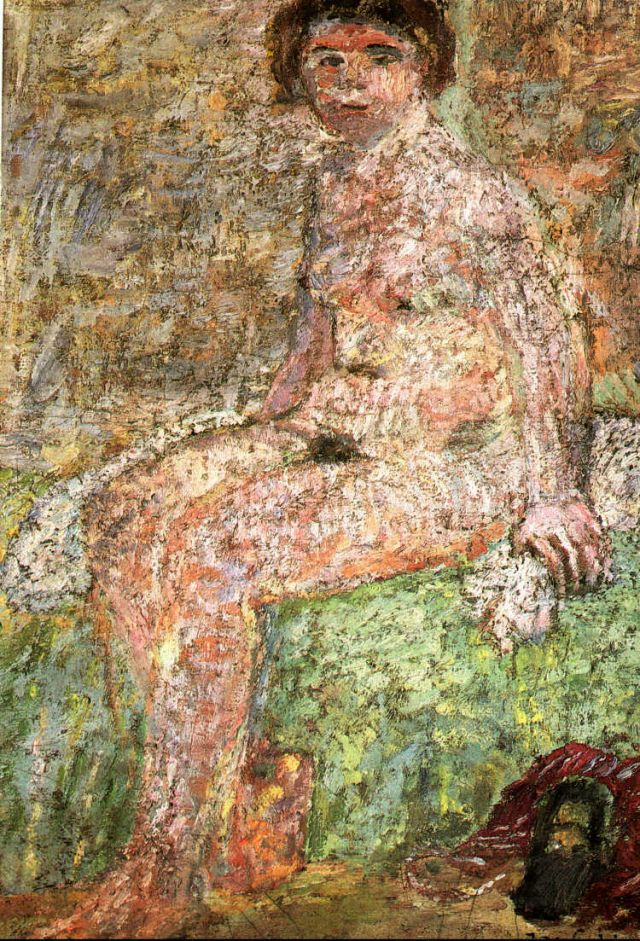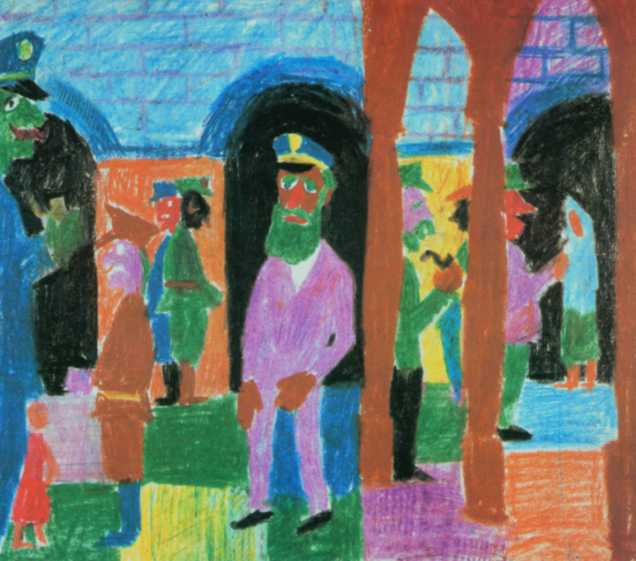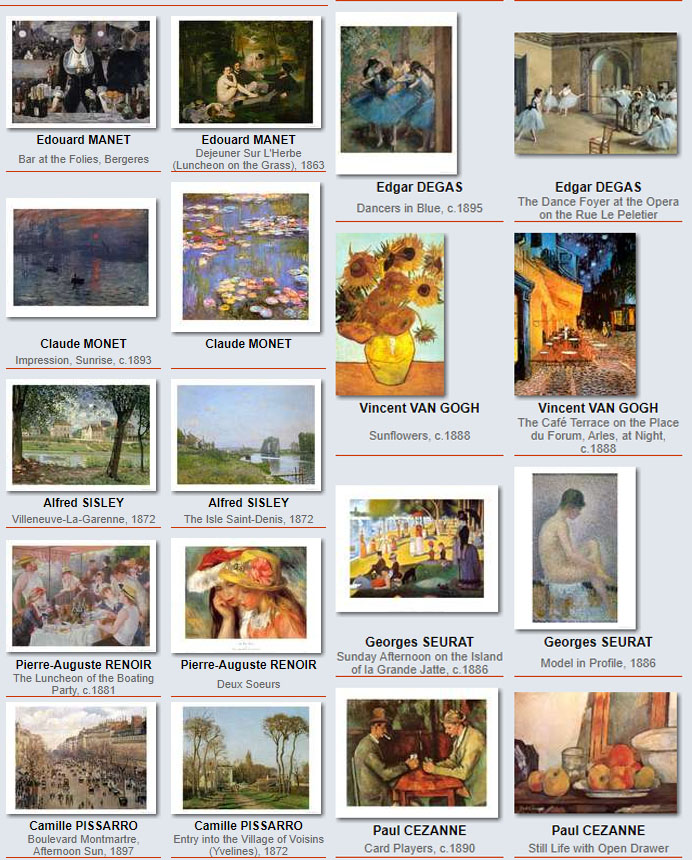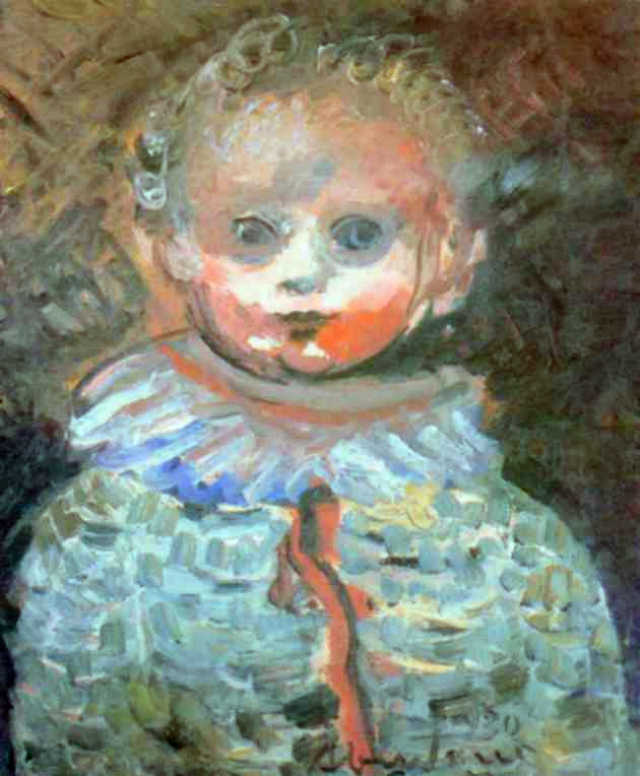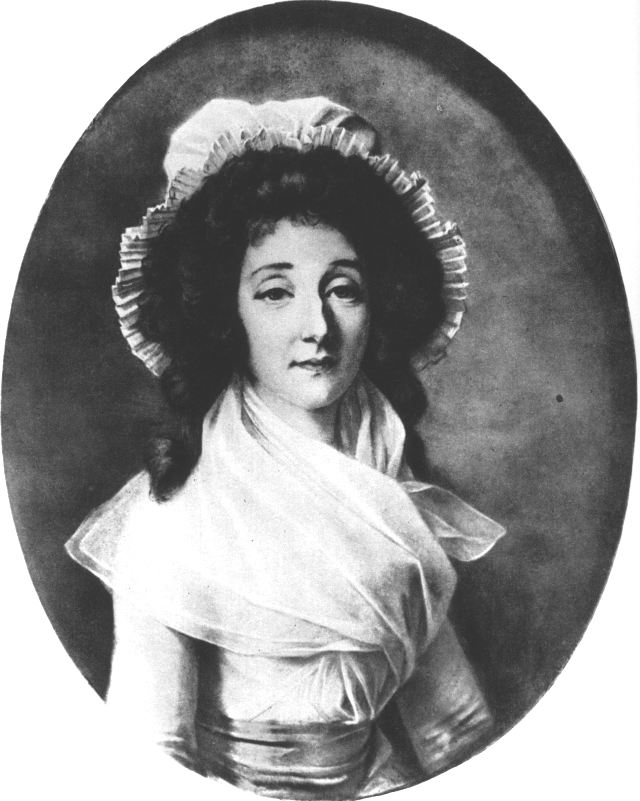 5. Overall, can be accepted, that the neo-impressionist image is more harmonious than the impressionist one, because first of all, thanks to the constant preservation of contrasts, details are more closely harmonized, secondly, thanks to the well-thought-out composition and aesthetic pronunciation of colors, the harmony of the whole and spiritual harmony are achieved, from which impressionism voluntarily renounces.
5. Overall, can be accepted, that the neo-impressionist image is more harmonious than the impressionist one, because first of all, thanks to the constant preservation of contrasts, details are more closely harmonized, secondly, thanks to the well-thought-out composition and aesthetic pronunciation of colors, the harmony of the whole and spiritual harmony are achieved, from which impressionism voluntarily renounces.
I am far from wanting to compare the merits of these two generations of painters.: Impressionists are finite masters, who have accomplished their great task and imposed it on others; neo-impressionists are still in the period of search and understand perfectly, how much they have left to do.
It's not about talent, but about the technique, and not out of respect, which we owe to these masters, we say: neo-impressionist technique better than this, which is used by the Impressionists, provides full luminosity, ^colorfulness and harmony; similarly we could say, that Delacroix paintings are less luminous and colorful than Impressionist paintings.
6. Neo-impressionism, characterized by the search for total purity and complete harmony, is the logical expansion of Impressionism. Adepts of the new technique collected only, they organized and developed the search for their predecessors. Is the principle of separation, as they understand it, does not consist of elements of impressionism combined and systematized: glare (Claude Monet), contrast (who almost always uses Renoir), texture of a small stain (Cézanne and Camille Pissarro)? Is the example of Camille Pissarra, which he accepted in 1886 r. the way of painting neo-impressionists and graced with his famous name the emerging group, does not show ties, what connects it with the previous generation of colorists? In his works it was impossible to notice a sharp change, grey colors slowly disappeared, the interplay of colours was applied and the master of impressionism through simple evolution became neo- Impressionist. […]
7. Neo-impressionism derives directly from Impressionism, however, it owes, as we have seen, also many Delacroix. It is a fusion and development of the doctrines of Delacroix and the Impressionists., return to the tradition of the former with all the benefits of the contribution of the latter.
This is confirmed by the genesis of the works of Georges Seurat and Paul Signac.
Georges Seurat attended the Academy of Fine Arts, but intelligence, strong will, methodical and clear mind, flawless taste and painterly eye protected him from the harmful effects of school. Regularly attending museums, browsing through art books and engravings in libraries, drew in the study of classical masters the strength to oppose the teachings of his professors. In the course of these studies, he stated, that similar laws govern the line, chiaroscuro, Color, composition of both Rubens, like Raphael's, at Michelangelo's, as in Delacroix: the laws of rhythm, Measure, Contrast.
Eastern tradition, Chevreul's writings, Charles Blanca, Ilumberta de Super ville, About. N. Rooda, Helmholtz supplemented his knowledge. Carefully analyzed the work of Delacroix, he easily found in it the application of traditional laws, both in the field of color, like a line and clearly saw, what else needs to be done, to realize the progress sensed by the romantic master.
The result of Seurat's studies was his wise and prolific theory of contrast, to which he subordinated all his works henceforth. He applied it initially to chiaroscuro: using simple means — white paper "Ingres” and black pencil "Conté"”, wisely graded and contrasted —- made about four hundred drawings, the most beautiful drawings of the painter, what exist. You can say, that its white and black, thanks to the excellent ability to operate the value, is more luminous and colorful than many paintings. Afterward, having thus achieved a mastery of the contrast of tones, similarly used the shade; from r. 1882 applied the laws of contrast to colors and painted with separate color elements —using, must be admitted, broken colors — by no means under the influence of the Impressionists, the existence of which he did not know at all during this period.
Paul Signac, on the contrary,, from the beginning of his studies, from 1885 r. was influenced by Monet, Pissarra, Renoira and Guillaumin. He did not attend any studio and painted by nature, picked up on the harmonious play of simultaneous contrast (contraste simultané). Afterward, studying with admiration the works of the masters of Impressionism, Judge, that they contain a scientific system: it seemed to him, that variegated elements, Which one, mixing in the viewer's eye, create color shades in their paintings, have been separated in a certain way and that these reds, Yellows, Purples, Blues, greens were created according to strictly established rules; Judge, that the phenomenon of contrast, which he observed in nature, not knowing the laws governing it, was consciously used by the Impressionists.
A few lines from LArt moderne J. K. Huysmans, in which, in connection with the Coin and Pissarr, reference is made to complementary colors, with yellow light and purple shadow, they made him suppose, that the Impressionists had knowledge of colors. He attributed this knowledge to the splendor of their works and considered himself their zealous disciple., studying in Chevreul's book the simple laws of simultaneous contrast.
Once having learned the theory, could strictly fix contrasts hitherto caught only visually, more or less accurately, depending on the accidental experience.
Each local colour was surrounded by a halo of its complementary colour, which gradually passed into a color bordering it by rubbing brush strokes, whose game closely mixed both of these elements. This method gave good results, if the local colour and the adjacent colour affecting it were not too distant in colour or similar, such as blue and green, yellow and red, etc. But if these two colors were opposite, like red and green or blue and orange, they formed a dirty and matte color mixture. The disgust for these dirty colors led Signac to gradually and inevitably separate the color elements into separate spots., that is, for their optical mixing (mélange optique), only in this way can one gradually move from one opposite color to another, without compromising their purity. In this way, he came to simultaneous contrast and visual mixing on a completely different path than Seurat..
W r. 1884 at the first exhibition of Independents, in the barracks of Tuilleries, Seurat and Signac met, not yet known to each other; Seurat exhibited Swimming, rejected at the Salon of the same year. This picture was painted with large, flat brush strokes, rubbed (balayé) one on top of the other and coming from a folded pallet, just like the Delacroix palette, from pure colours (prismatic) and from the ground. As a result of the use of ugrów and earth, the picture was dull and will seem to be less great than the impressionist paintings., painted with a palette limited to prismatic colors. However, observance of the laws of contrast, systematic separation of individual elements — light, shadow, local color, interactions – their right proportions and balance ensured perfect harmony of this canvas.
Signac was represented by four landscapes, painted exclusively with prismatic colors; the paint was placed on the canvas with small strokes in the shape of commas according to the custom of the Impressionists, but already without mixing paints on the pallet. The artist observed the law of contrast and optical mixing of individual elements, however, without this relevance and balance, which was given by the strict Method of Seurat.
After mutually explaining his search, Seurat soon adopted a simplified palette of impressionists., and Signac benefited from Seurat's valuable achievements: systematically balanced separation of colour elements.
And as we already know from the opening passages of this chapter, both, with enthusiastic Camille and Lucien Pissarro, represented the Impressionists at the exhibition in 1886 r. emerging neo-impressionism. […]
9. […] Is it possible, not being prejudiced or ignorant, accuse of destroying the individuality of artists using technology, who released great synthetic compositions by Georges Seurata, graceful or powerful portraits of van Rysselberghea, decorative canvases by van de Velde; Technique, which made it possible to express: Maximilien Luce — street, people, Working; Cross - the rhythm of movement as part of a harmonious decoration; Charles Angrand to The Rural Life; Petitjean — subtle nudity of nymphs; Technique, who could adapt to such distinct temperaments and produce such diverse works?
The discipline of separation was no more burdensome for them than for the poet to maintain rhythm.. Far from embarrassing their inspiration, contributed to giving their works a raw and poetic expression, without using visual illusion and anecdote.
Delacroix also considered, that the discipline of a strict and thoughtful method can only elevate the style of a work of art:
"I see among painters prose writers and poets; rhyme, rhythm, special word order, necessary in the poem and giving it so much strength, are analogous to hidden symmetry, to a learned and at the same time spontaneous balance, determining the confluence and propagation of lines, spot distribution, repetition of colours”.

